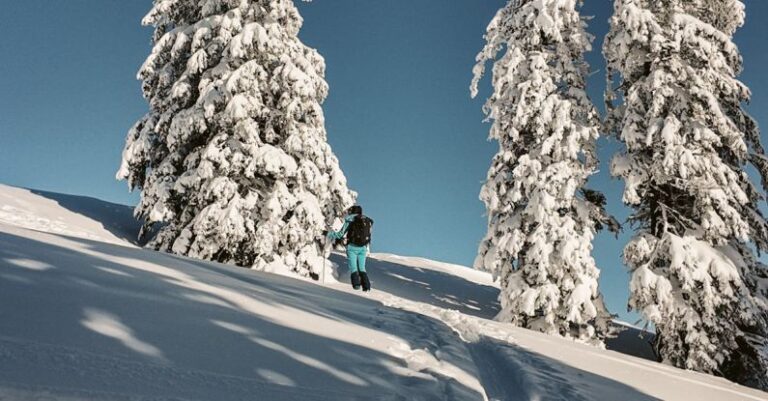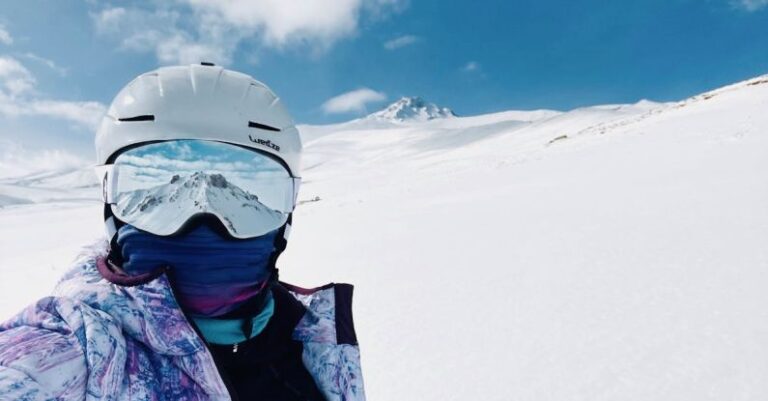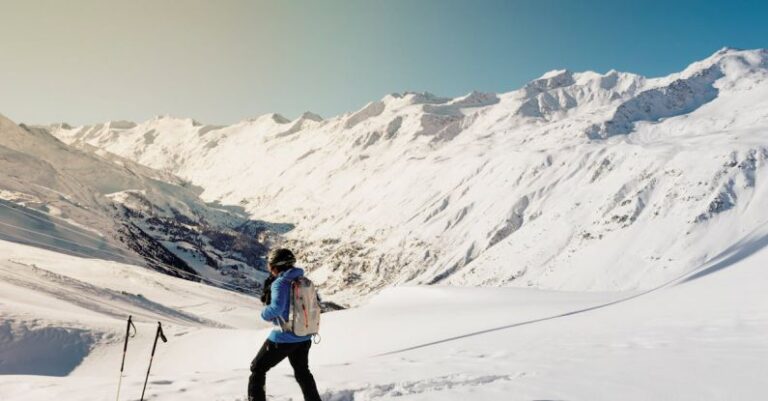
Avalanches are a powerful natural force that can be both mesmerizing and dangerous. As winter sports enthusiasts venture into the backcountry seeking fresh powder and thrilling descents, it is crucial to have a well-thought-out avalanche safety plan in place. Creating a solid safety plan can mean the difference between life and death in the event of an avalanche. In this article, we will explore the essential steps to take in order to create an effective avalanche safety plan that could potentially save lives.
Understanding Avalanche Basics
Before delving into the specifics of creating an avalanche safety plan, it is essential to have a basic understanding of how avalanches work. Avalanches occur when a layer of snow collapses and slides downhill. Factors such as slope angle, snowpack stability, and weather conditions can all contribute to avalanche risk. By educating yourself on avalanche formation and recognition, you will be better equipped to make informed decisions while in the backcountry.
Assessing Avalanche Risk
The first step in creating an avalanche safety plan is to assess the avalanche risk in the area you plan to visit. Utilize avalanche forecasts, weather reports, and snowpack assessments to gauge the current avalanche danger level. Understanding the avalanche risk level will help you make informed decisions about where to ski or snowboard and what precautions to take while in the backcountry.
Establishing Communication Protocols
Communication is key when it comes to avalanche safety. Before heading out into the backcountry, establish communication protocols with your group. Make sure everyone has a basic understanding of avalanche safety and knows how to communicate effectively in the event of an emergency. Set up check-in points and agree on signals to indicate danger or safe zones. Clear communication can help prevent accidents and ensure a swift response in case of an avalanche.
Carrying Essential Avalanche Gear
Having the right gear is crucial when venturing into avalanche terrain. Every member of your group should carry essential avalanche gear, including a beacon, probe, and shovel. Avalanche beacons allow rescuers to locate buried victims, while probes and shovels are used to dig them out. Make sure everyone in your group knows how to use this equipment properly before heading into the backcountry.
Creating a Decision-Making Framework
In the heat of the moment, it can be challenging to make rational decisions when faced with avalanche danger. Creating a decision-making framework can help guide your choices in high-stress situations. Establish criteria for when to proceed, when to turn back, and when to avoid certain terrain altogether. By having a clear decision-making process in place, you can reduce the risk of making impulsive choices that could lead to disaster.
Practicing Avalanche Rescue Scenarios
No matter how prepared you are, accidents can still happen in the backcountry. That’s why it’s essential to practice avalanche rescue scenarios with your group regularly. Conduct mock rescues, practice using your avalanche gear, and familiarize yourself with rescue techniques. By honing your rescue skills in a controlled environment, you will be better prepared to respond effectively in a real-life avalanche situation.
Embracing a Culture of Safety
Creating an avalanche safety plan is not a one-time task but an ongoing process that requires constant vigilance and adaptation. Embrace a culture of safety within your group by prioritizing communication, education, and preparedness. Encourage open dialogue about avalanche safety, share knowledge and experiences, and support each other in making safe decisions while in the backcountry.
In conclusion, creating an avalanche safety plan is crucial for anyone venturing into avalanche terrain. By understanding avalanche basics, assessing risk, establishing communication protocols, carrying essential gear, creating a decision-making framework, practicing rescue scenarios, and embracing a culture of safety, you can significantly reduce the risk of accidents in the backcountry. Remember, the mountains are unforgiving, but with a well-thought-out safety plan, you can enjoy the beauty of the winter wilderness safely.





